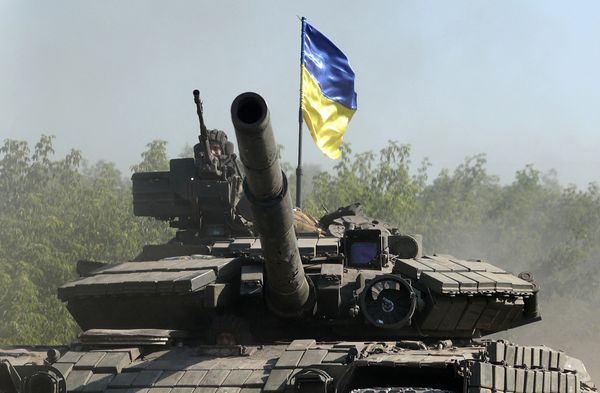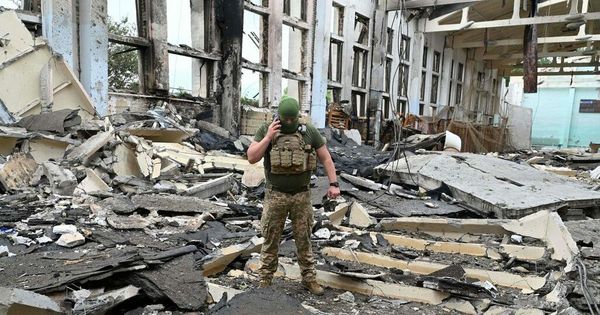BEIRUT — A monthslong defense that saw Ukrainian troops endure relentless bombardment and ferocious street skirmishes against their Russian adversaries ended Friday when military authorities ordered a retreat from the besieged city of Severodonetsk.
Though not strategically significant, the fall of Severodonetsk brings Russia to almost complete control of Luhansk, one of two disputed provinces that, along with Donetsk, make up the eastern region known as the Donbas.
After a stalled campaign to take Kyiv, Moscow reoriented its invasion plans for a full takeover of the Donbas in support of Russian-backed separatists who already controlled sections of the region since 2014.
"Our defenders have already received the order: Ukrainian armed forces will leave the city and move to new, more fortified positions," Luhansk governor Serhiy Hadai said in a Friday post on the Telegram messaging app. "Remaining in positions that have been relentlessly shelled for months just doesn't make sense."
It was unclear how a large-scale withdrawal could happen. Russian troops had previously knocked out bridges linking Severodonetsk across the Severski Donets River to its twin city Lysychansk, forcing the Ukrainians to use boats to resupply and medevac for its defenders. The Ukrainian army still holds Lysychansk, which sits on higher ground and is therefore more defensible in a direct attack.
But recent Russian gains on the city's northern and southern flank — not to mention advances that leave the Ukrainians' escape route to the west under withering artillery barrages — raise the specter of a full encirclement that would trap thousands of soldiers and civilians.
"We stand. We had (deaths) yesterday, but we are still here," said a special-forces police instructor in Lysychansk who went by the name Alexander.
He didn't know when the order to withdraw would come but said he expected it soon. According to an army lawyer, some forces from his group had already left without waiting for an order from their commanders.
The battle for Severodonetsk, the Ukrainian government's seat of power in Luhansk and the easternmost point of its control, follows the blueprint that both sides have adopted in this phase of the war: For Moscow, unceasing artillery and air bombardment to literally pulverize Ukrainian positions, then troops slowly moving forward to take what remains.
Like in the embattled city of Mariupol, where a Ukrainian garrison in the Azovstal steel plant held out for three months before surrendering in May, the Ukrainians' strategy has been to stand their ground to the last minute and make every Russian advance a torturous, bloody grind.
Although that strategy has bought time for the Ukrainians to improve defenses in their Donetsk bastions and receive some shipments of more advanced artillery weapons for their Western partners, the costs have been staggering — hundreds of casualties are reported every day.
And the result has left Russia presiding over the smashed remains of what Ukrainian President Volodymyr Zelenskyy called in a recent speech "dead cities."
Hadai, the Luhansk governor, said Severodonetsk had been turned almost completely to rubble, with almost 90% of the city damaged and four out of five homes irreparably so.
"[They] will have to be demolished," Hadai said. "All critical infrastructure has been destroyed."
More than 85% of residents have fled Severodonetsk and Lysychnask, which each had pre-war populations of more than 100,000. The remaining residents are forced to live without electricity, gas and phones.
Because there's also no water, they line up before the fire department with plastic gallons or trundle down to a stream for their supplies.










